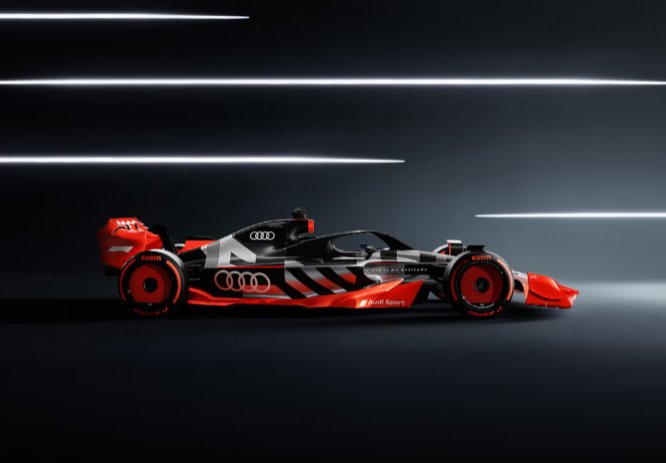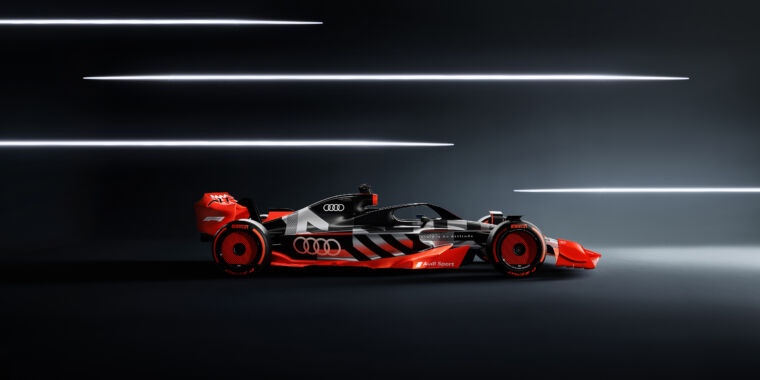
Audi
In August last year we were somewhat shocked when Audi confirmed it would enter Formula 1 in 2026. Rumors circulated for years that Volkswagen Group was considering getting into the sport with one or more of its brands, even as Audi and then Porsche posted win after win in other categories. But those rumors never seemed to go anywhere, earning a sort of vaporware status akin to the infamous Duke Nukem forever.
That game did will eventually see the light of day, however, and so will Audi’s F1 ambitions as it takes over the Sauber team as F1 ushers in a new set of technical regulations. We recently spoke to Oliver Hoffmann, Audi’s technical development board member, who told us more about the company’s F1 plans and how joining that sport could help some of its road cars.
Audi will be new to F1 when it enters the sport three years from now, but it is certainly not new to motorsport. In the 1980s it made a name for itself – and its ‘quattro’ four-wheel drive technology – in the World Rally Championship. More recently, he has dominated endurance racing for nearly two decades, winning the 24 Hours of Le Mans 13 times between 2000 and 2016, plus two World Endurance Championships and nine American Le Mans Series championships. In doing so, it proved the value of new technology carried over to its road cars – direct injection petrol engines, direct injection turbo diesel engines, hybrid powertrains and laser beam headlights, to name a few.
Why F1?
After a few years in the doldrums – a fallow period following Audi’s withdrawal from the sport at the end of 2016 – endurance racing is experiencing a renaissance of sorts. There’s a new rulebook, which keeps costs much lower than the hundreds of millions of dollars Audi and Porsche spent on fiendishly complicated so-called LMP1h race cars, and Audi was to participate until it reversed that decision last year. I asked Hoffmann why the company is switching so suddenly when sports cars are more suited to the brand.
“For us it is very, very important to be forward thinking and to be pioneers in the technology itself. When we looked at ‘what is the right motorsports series for the future’, it was very important for us to ‘vorsprung durch technik’ and being progressive, and I think Formula 1 is the pinnacle of motorsport,” Hoffmann told me.
It was actually the new, cost-cutting regulations, along with many standard parts, that drove Audi’s sports car program to ruin. “I really appreciate, cost-wise, bringing technology solutions together to say, ‘OK, there’s a platform solution,’ but there’s not enough room to be innovative,” he explained. (The ruleset known as LMDh, in which Audi would participate, requires participants to use the same standard transmission, hybrid battery and electric motor.)
Ironically, Formula 1’s cost containment program was a big factor in making that series more attractive to Audi. But a bigger draw was the new powertrain regulations that kicked off in 2026.
In addition to a switch to carbon-neutral fuels, the new technical rules made the sport once again highly attractive to car manufacturers: Ford will be represented in F1 in 2026, as will Audi, Alpine, Honda, Ferrari and Mercedes-AMG. Cadillac is also looking for a spot on the grid.
F1 cars currently use two different hybrid systems. There’s an MGU-K, which collects kinetic energy during braking, and an MGU-H, which uses a turbine spun by exhaust gases to also charge the battery. The MGU-H has been extremely expensive to develop and has limited road car applications, so it’s being dropped for 2026. Instead, the MGU-K will be much more powerful to compensate.

